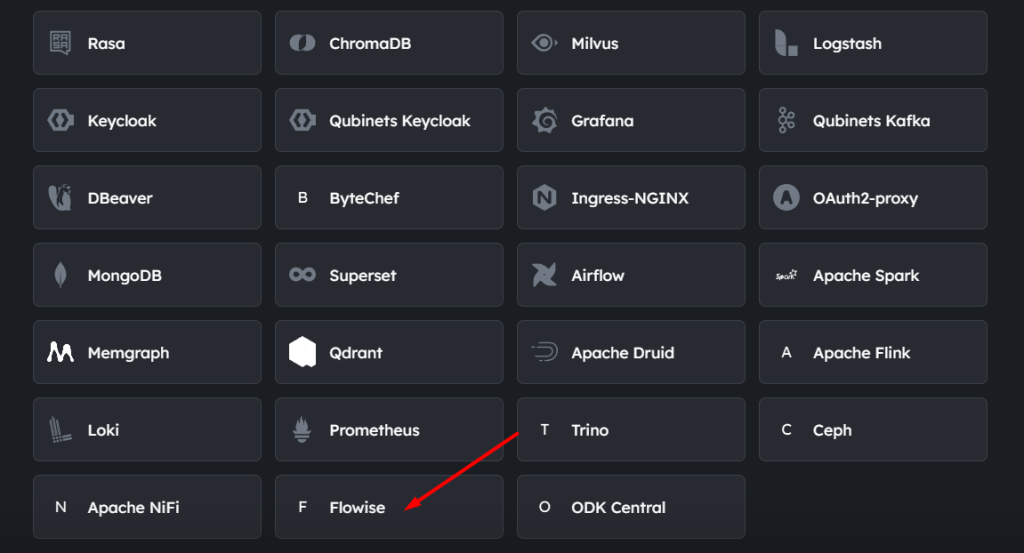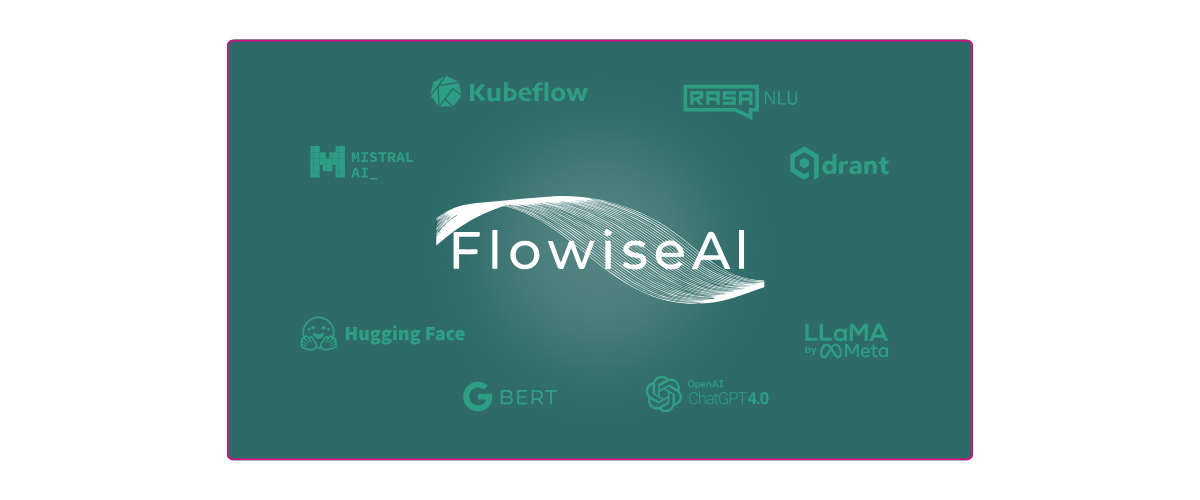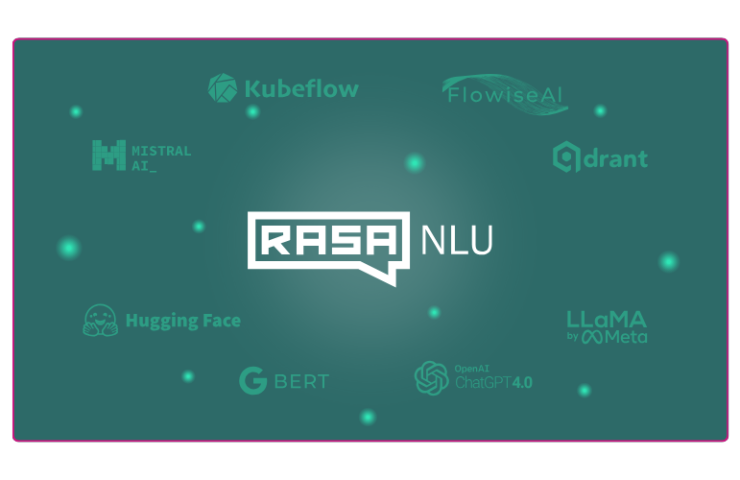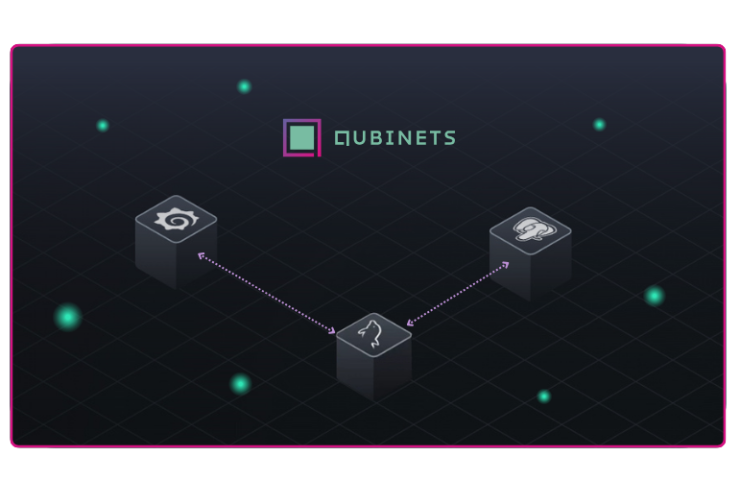Building AI solutions used to mean long hours of coding and deep technical expertise. But now, many emerging tools simplify this process, even for teams/individuals without deep AI expertise. One of those tools is Flowise, a low-code platform that helps businesses quickly develop AI apps and close the talent gap without getting lost in the technical details.
These days – AI is literally everywhere, and finding developers to keep up with it can feel like a challenge. And tools like Flowise aim to change that. With its easy drag-and-drop interface, you don’t need to be a tech wizard to build AI tools like chatbots. Whether you’re a seasoned pro or just starting, Flowise helps bring your AI ideas to life—fast and without the usual headaches.
The tool itself supports over 100 integrations, local LLMs, and cloud deployment options. This flexibility ensures you can tailor your AI applications to your needs while maintaining control over your data and infrastructure.
Core Capabilities Of Flowise
One of the coolest things about Flowise is how easily it connects with a wide range of tools like PostgreSQL, Redis, OpenAI, Langchain and 100+ more, making it easy to bring all your data and models together. Instead of wrestling with complicated integrations, you can focus on what really matters—building AI solutions that work for you.
Another great thing about Flowise is how it simplifies workflow automation. You can build your AI workflows visually—just drag and drop the pieces you need and connect them. It’s an easy way to create AI applications without the hassle of writing tons of code.
Data Handling and Pre-processing capabilities are robust in Flowise. The platform offers tools to efficiently manage and prepare your data for AI processing. This ensures your models receive high-quality input for optimal performance.
After simplifying workflow automation and model integration, Flowise makes it easy to take the next step with Agents & Assistants. These agents handle tasks on their own, whether you’re creating custom tools, leveraging OpenAI, or setting up function-based agents. They can tap into various data sources, allowing you to automate processes without much manual effort.
And on top of that, Flowise is a developer-friendly tool. You can use its API, embed it directly into your apps, or work with the React SDK. Whether adding new features or building something from the ground up, Flowise plays nicely with the tools you’re already using.
Use Cases And Real-World Applications
Building AI chatbots that can instantly handle customer queries using your company’s knowledge base is the most practical use-case of Flowise. These bots aren’t just quick—they help reduce response times and keep your customers happy without needing constant attention from your team. It’s a simple way to streamline customer support without all the heavy lifting.
One interesting use case shared by Flowise’s founder involved working with companies that needed to generate product descriptions. Using a vision model, they were able to upload thousands of product images, and Flowise automatically generated detailed descriptions for each image. In just a few minutes, all the product descriptions were written, offering a fast and efficient way to manage large inventories.
Also, Flowise enables user review summarization for e-commerce platforms. You can condense hundreds of product reviews into concise summaries, helping potential buyers make shopping decisions faster and less hassle-free.
Another practical use case is answering SQL queries. By connecting your SQL database, you can easily set up a Q&A system that responds to natural language queries. Instead of writing complex SQL statements, users can ask questions like, “What were the total sales last month?” and get an instant answer. This saves time and makes data accessible, even for those unfamiliar with SQL.
Competitive Advantage
Now that you know what you can do with Flowise, let’s look at what makes it stand out.
First off, it’s easy to use and get started. With its drag-and-drop interface, you don’t need to be proficient in coding to build LLM apps. This visual approach makes the whole process much simpler and quicker to manage.
Another strong point is scalability. As your projects grow, the platform grows with you. Whether you’re working on small tasks or large, complex AI applications, Flowise can handle it.
Customization is also a big win. You’re not stuck using rigid templates—you can adjust everything to fit your exact needs. This flexibility means you can build exactly what you want, without having to compromise.
What really lowers the barrier is the low-code/no-code setup. You don’t need a full team of AI experts to get started. This opens up AI development to more people within your organization, making it accessible and less intimidating.
When you put all these features together, you’ve got a real advantage. You can build AI apps faster, with fewer resources, and at a lower cost. While others are stuck with complicated processes, you’re already ahead of the game.
How To Combine Flowise With Qubinets

Building AI agents with Qubinets and Flowise is a straightforward process. To get started, you’ll need account on both platforms. The best thing is to sign up for both platforms for free and start testing at zero cost.
How does the process work? We already discussed it in one of our blogs but as “Repetitio est mater studiorum”, let us do it again:
To get started with Qubinets and Flowise, you’ll first need to set up your full environment within Qubinets. Here’s how:
- Choose Flowise as your preferred Qub within our dashboard: This will serve as the backbone for your AI agent.
- Select other Qubs: Depending on what your AI agent needs, pick additional Qubs on our platform, such as vector databases, storage, or other tools, to connect with Flowise.
- Deploy on your cloud: Deploy the initial setup on your cloud platform of choice, whether AWS, GCP, or another provider.
- Sync the Qubs: Once you’ve selected all the necessary components and instantiated the cloud, sync the selected Qubs with Flowise to ensure everything works together seamlessly.
- Start building your agent workflow. After setting up the full environment in Qubinets (which usually takes 15-20 mins) you’re ready to upload the data your agent will learn from and create the workflow within Flowise.
Once everything is in place, your AI agent will be ready to learn, interact, and evolve based on the data and logic you’ve set up. This makes it easy to scale and manage AI workflows without diving into the technical complexities.
Benefits of using Flowise with Qubinets include:
- Automated setup and configuration
- Scalable infrastructure across cloud environments
- Cost-efficient resource management
- Simplified deployment and maintenance
By combining Flowise’s powerful AI workflow capabilities with Qubinets, you can rapidly develop and deploy AI products that grow with your needs.
If you’re ready to build your own AI agent, it’s easy to get started. Just sign up for Qubinets and Flowise, and you’ll be creating your AI solution in no time.





